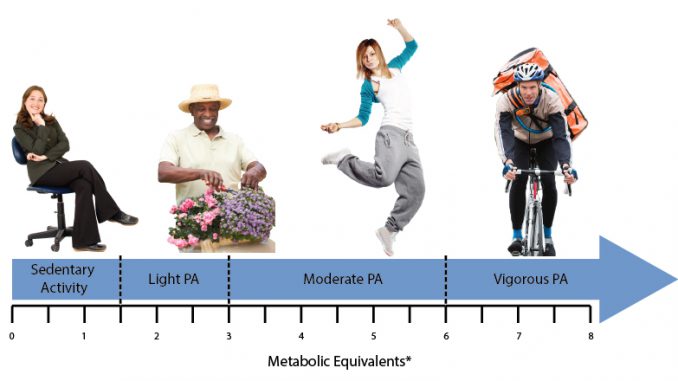
DCA Blog by Jeroen Lakerveld, epidemiologist and senior researcher with the Department of Epidemiology and Biostatistics at the EMGO-VUmc
Being regularly active reduces the risk of cardiovascular diseases, type 2 diabetes, certain cancers and chronic respiratory diseases. However, opportunities for physical activity have been steadily engineered out of our lives due to factors such as increased use of cars and technology for work and recreation.
With only 20% of adults meeting the World Health Organization recommendations of at least 150 minutes of moderate-intensity physical activity per week forms of active commuting such as cycling have been explored as a means to reintegrating physical activity into daily life and improving key health outcomes. Creating cycling-friendly environments has been pushed forward as promising approach, and, among a few other cities, Amsterdam, Groningen and Copenhagen are regularly praised for their cycling friendly infrastructure that made inhabitants to be more active. But with all the individual-level and environmental-level factors that influence cycling behaviour in a complex way, it is challenging to provide evidence on how the availability of more, better and safer cycling infrastructures improves cycling rates and health – and what factors are especially important. The typical randomised clinical trials would not work – as you cannot randomise Amsterdam or Copenhagen.
‘Natural experiments’ may help out here – for instance by monitoring people who move from a

cycling-unfriendly neighbourhood to a cycling-friendly one; or to observe whether changes in the infrastructure also change behaviour of those who are exposed to it, and see what it does to their health. This way, a relatively recent set of longitudinal studies has provided strong evidence for a causal relationship between active commuting and positive health outcomes. For example, individuals who switched from private motor transport to active or public transport had subsequent significant reductions in BMI (Martin, Panter, Suhrcke, & Ogilvie, 2015). In a study more directly focused on cycling, individuals who maintained cycle commuting over one year maintained or improved BMI more effectively than those who never cycled to work (Mytton, Panter, & Ogilvie, 2016). This compelling longitudinal evidence provides stronger justification for policies to improve participation in cycling behaviour.
A challenge remains to tailor such policies to specific contexts, and adjust them to these settings, while taking into account the socio cultural norms that are in place with regard to cycling. For instance, and highlighting again the Dutch particular situation: almost all car drivers in the Netherlands are also bicyclists – at other times during the day or week; and they realise the importance of carefully checking the ‘blind spot’ while turning right, and check the outside mirror before slamming the door open.
References:
Martin, A., Panter, J., Suhrcke, M., & Ogilvie, D. (2015). Impact of changes in mode of travel to work on changes in body mass index: evidence from the British Household Panel Survey. Journal of Epidemiology and Community Health, 69(8), 753–761. https://doi.org/10.1136/jech-2014-205211
Mytton, O. T., Panter, J., & Ogilvie, D. (2016). Longitudinal associations of active commuting with body mass index. Preventive Medicine, 90, 1–7. https://doi.org/10.1016/j.ypmed.2016.06.014




You must be logged in to post a comment.